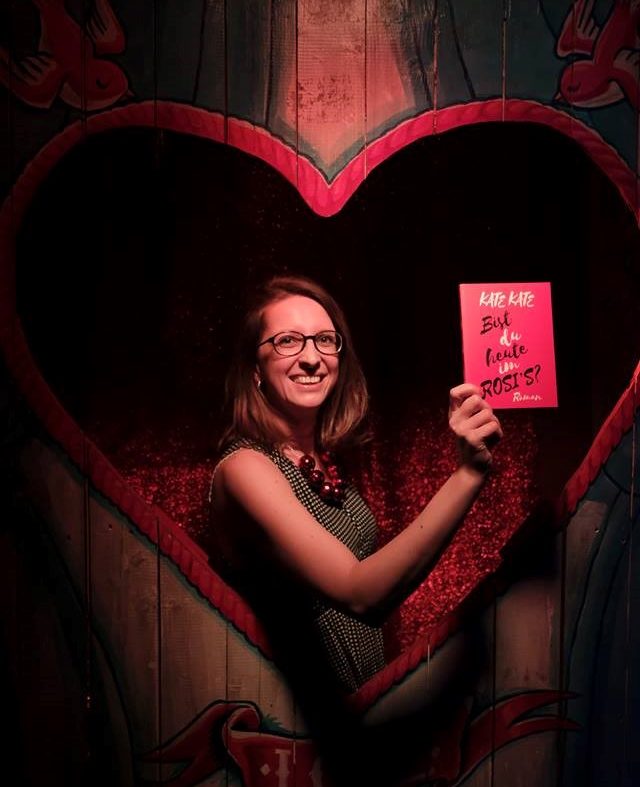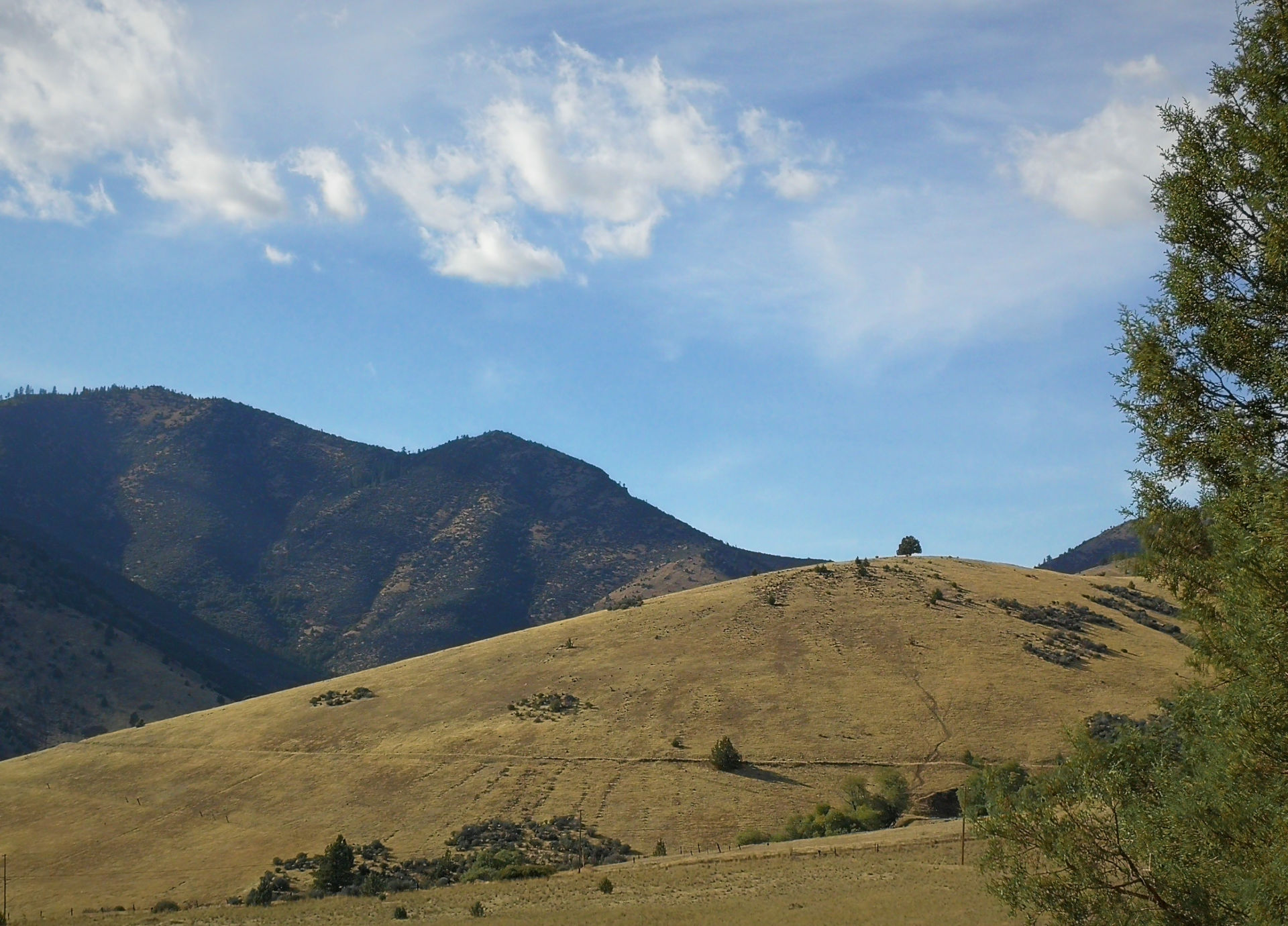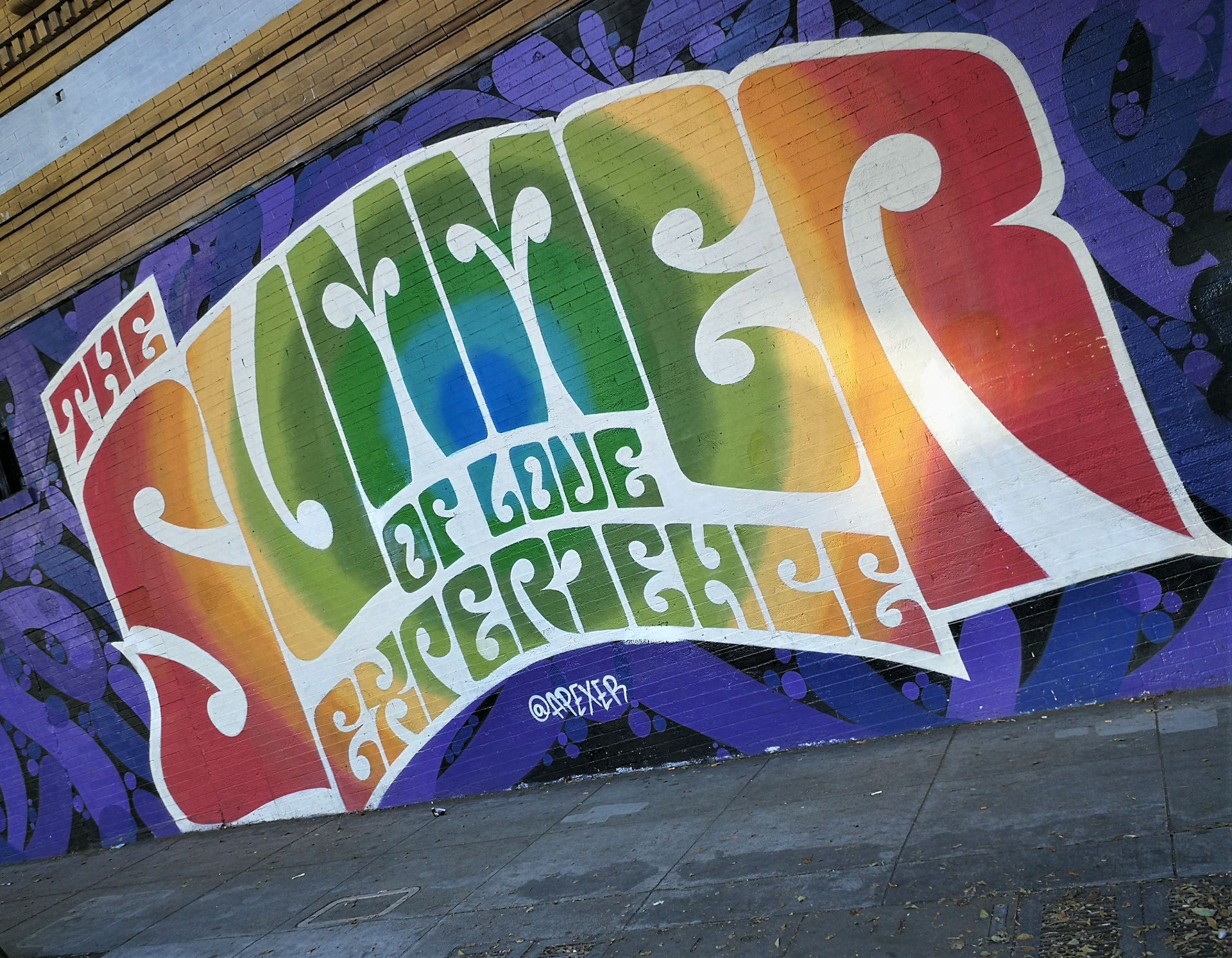Welcome to the latest in a series of Guest Posts from museum lovers around the world! Each post is like a mini-tour with an expert on a museum topic they’re excited about. So let’s get to know our guide:

Meet Kate Kate
Kate Kate writes. It all began with short articles and texts about music for the school newspaper. Decades later and after many nights of dancing in several clubs, she wrote her first novel. She cultivates her overflowing interest in music and books not only in Berlin, but also on her travels.
Photo: André Fischer
I wanted to see the Pacific Ocean. I wanted to travel to the West Coast of the USA. In September 2019 I made this dream come true. My musical and literary journey took me via Seattle, Olympia, Aberdeen, Seaside and Portland to San Francisco. The Summer of Love Experience. I had my own Summer of Travel Experience, in a single month. When I boarded the plane to Seattle, I assumed that I would definitely ‘rock‘ the route as I had planned. Doch der Weg ist das Ziel. That means “It’s not where you’re going, it’s how you get there.” I had listed the destinations in a small notebook; the route was determined by the navigation system.
All of a sudden I found myself on the Interstate 5. Welcome to California. At the first lookout point behind the state border of California I gazed into the landscape and imagined the trappers, who moved through the prairie in the wagon trains from 1843 on. In search of new land and gold. On the road. To use Jack Kerouac’s book title. I was searching for the roots of the beat authors and found them in the Beat Museum in San Francisco.
When I was a teenager, the beat already dominated the noise level in my room. How rebellious, how provocative, how defiant. I knew what a beat was and what it triggered. A word that made the walls shake – musically, at first. Only years later was I fascinated by the lyrical beat when I began to deal with the term “beat” in my studies. Because before the musical beat mania reached its peak in the 1960s, authors of an earlier beat generation made noise on paper. The beat authors belonged to a post-war generation that was more literary than political, created new ways of expression, used the language of the streets and slang words, wrote under the influence of mind-expanding substances – and even admitted it. Poems and books kept lawyers and judges busy with their alleged obscenities. I was fascinated not only by the books, but also by the history of their creation. In which New York or San Francisco bars did the poets meet each other? What thoughts and philosophies led them to drink gallons of beer and wine? Which kitchen table did they permanently requisition as their debate stage? And how exciting must it have been to travel through the USA of the 1950s with just a few dimes in your pocket?
The museum was founded by Jerry and Estelle Cimino 2003 in Monterey. After the Ciminos met John Allen, the son of beat poets Neal and Carolyn Cassady, they decided to share the history of the beat generation with young people. Jerry and John created a two-man-show and travelled from coast to coast, state to state. Jerry, John and Estelle travelled in an Airstream camper van, which was called the Beat Museum on Wheels. In 2006, they stopped the ‘‘Beat Mobile” in the North Beach district of Frisco. In the 1950s, North Beach was the birthplace of the Beat Generation literary movement with its famous contemporaries Jack Kerouac, Allen Ginsberg, Gregory Corso, William Burroughs, Lawrence Ferlinghetti and many others. The Beat Museum on Wheels was temporarily set up in the Live Worms Gallery (Grant Avenue) and after a short move to The Cannery at Fisherman’s Wharf, the museum finally moved into the space at 540 Broadway.
I started the day with a coffee in my hand and completed a morning fitness program on the way to the museum. Up a hill, down a hill; and after 20 minutes the museum welcomed me with an oversized wall poster on which friends Neal Cassady and Jack Kerouac casually pat each other on the back in a very brotherly way.
I bought a ticket at a very moderate price and went through the small turnstile. On the ground and the first level a variety of beat memorabilia is on display, including original manuscripts, letters, notepads, postcards, books, typewriters, photographs – and Ginsberg’s organ. First, in a separate narrow room, I watched a documentary film about the beat authors, which is played in an endless loop.
Female writers of the Beat Generation like Diane Di Prima, Jan Kerouac, Carolyn Cassady, Anne Waldman or Joyce Johnson are presented in several vitrines. Women who, in the post-war United States, expected more from their lives than just to be considered just a tender soul, married, and living well-off in a suburb. Decades before the feminist movements of the late 1960s and 1970s started, they did not allow themselves to be caught up in the strict social norms and forced into traditional roles. The female Beat writers were, so to speak, the pioneers who built bridges to the next generation.
An old typewriter of my mother’s, an Urania Piccola, was used for years just as decoration in the living room. Nobody typed on it. Once I had mastered the alphabet, I hammered away on it. The sound when the type levers hit the paper sounded exactly as hard as pushing the typewriter keys down really was. The Urania felt like it weighed 1000 kg. The beatniks typed on an Underwood Typewriter No. 5 or L.C. Smith Corona, among others. Their typewriters were designed for travel, unlike mine.
The picture and object labels hanging on the walls and in lots of these vitrines are wonderfully arranged. The short texts are informative and to the point. Fortunately, my cell phone reached full capacity, preventing me from taking pictures of every sign and object on display.
The Beat Museum is a small jewel and has captured a bygone era that is much discussed and described, excellently presented here with many of its representatives. It captures a generation that heralded social change, social and sexual emancipation and influenced the following generations. I recommend that you take as much time as possible for this small and very intimate museum. In the end, the Beat Generation was a small group of writers and artists who tried out a bohemian life, called themselves “beatniks” or “hipsters,” listened to jazz, experimented with drugs and took up new lifestyles. A radiant artistic movement, magnificently presented in this wonderful museum.











